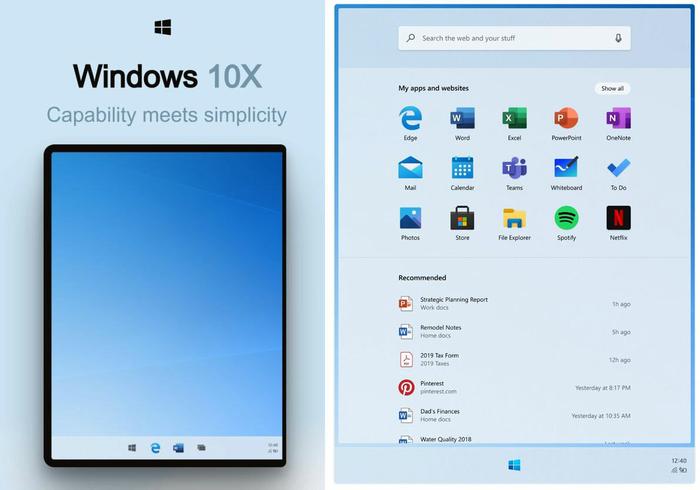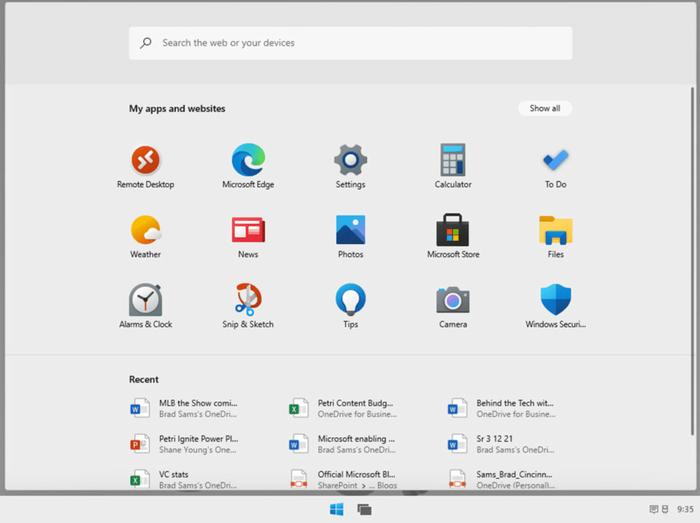It looks like Microsoft's grand plans for introducing dual screen devices with Windows 10X, as the next big thing in personal computing, have been put on ice. Microsoft specialist site Petri posted just ahead of the weekend that "the OS as you know it today, will likely never arrive." This info comes from unnamed sources "familiar with the company's plans". It seems that Windows 10X developers are being put to work on Sun Valley and the best Windows 10X features will be rolled into Windows 10 in forthcoming updates.
Microsoft made a big splash with the announcement of its Surface Neo, Surface Duo (Android) and Windows 10X back in October 2019. However, while the Duo has been available for some time, with limited 'success', the Lake-field powered Surface Neo has not materialised, and neither has the OS that would have powered it - Windows 10X.
The last info nuggets regarding Windows 10X which made it to the HEXUS news pages came out of the fryer about a year ago. In May 2020 we learned that Microsoft was re-jigging Windows 10, so it could work its charms on single-screen devices – appeasing system making partners who had cheaper designs in mind. Then, last July we heard that Windows 10X for dual-screen devices wouldn't become available until Spring 2022. Now it looks like even that much delayed premiere is not going to happen.
Petri provides some insight into the strategy behind Windows 10X being shelved indefinitely. Simply there are better ways to invest development time than creating a new computing form factor that no-one asked for, when PC systems are selling very well, when there is a shortage of powerful laptops, and system makers are understandably reluctant to gamble. No one needs to speculate to accumulate right now, just get those PCs rolling off the production lines and available to consumers.
As well as the hardware argument outlined above, Microsoft really needs all its resources to make Sun Valley a success. The next major update to Windows must have some attractions to refresh Windows and strengthen its appeal vs rivals. Thus, it is expected that some of the best features trumpeted for Windows 10X will find their way to Windows 10 (UI updates, app containers, and more). Another elephant in the room is that if there are any spare development resources at Microsoft, they might be better used in progressing Windows on Arm.
It will be interesting to see if/when Microsoft makes this Windows 10X info official.








